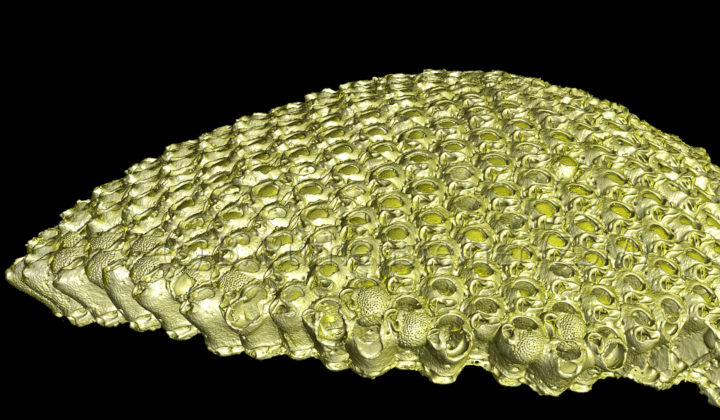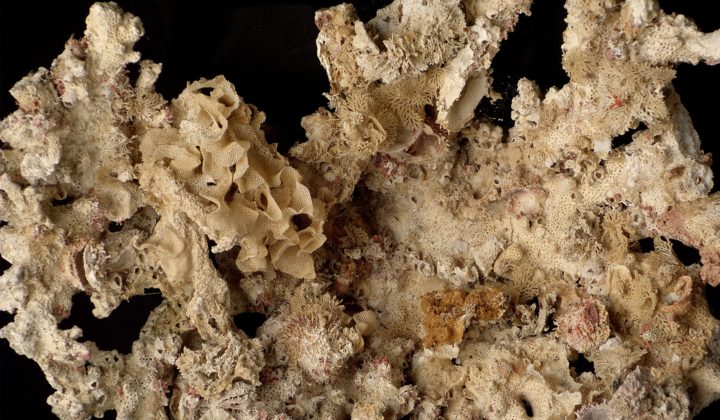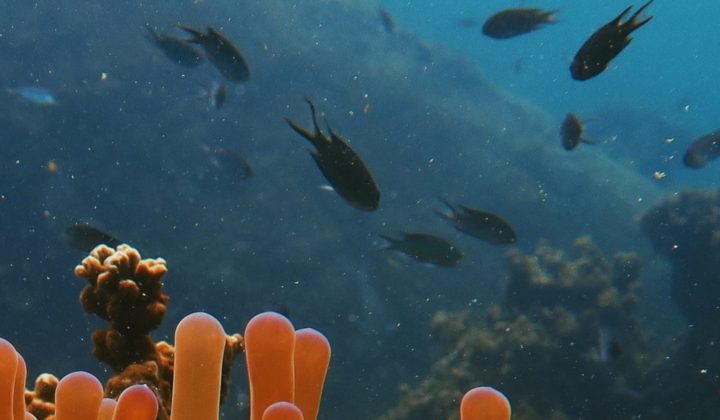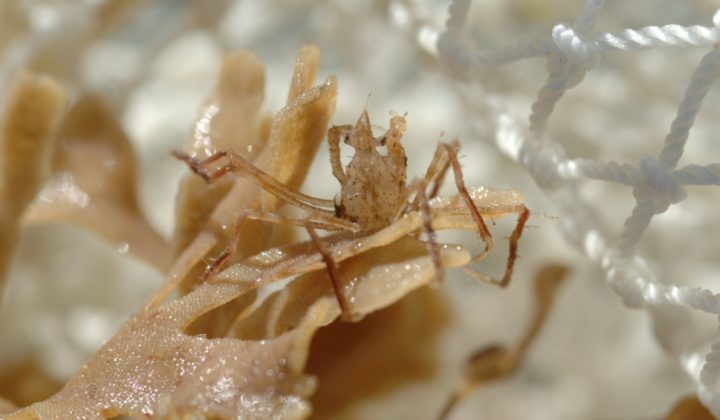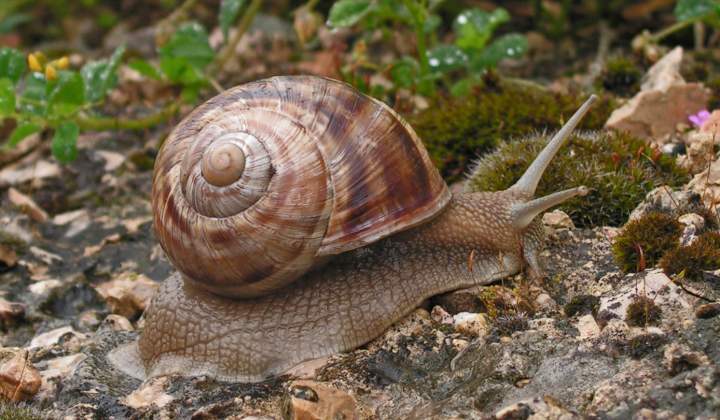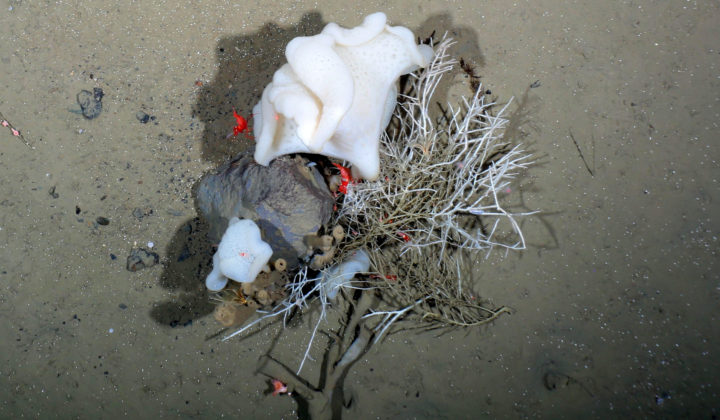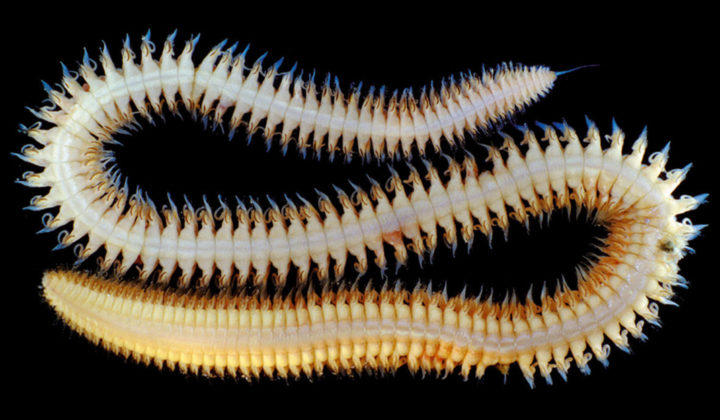Marine Zoology
Marine Invertebrates III
Bryozoans, Polyzoa or Moss Animals represent a phylum of colonial aquatic suspension feeding animals. Currently, 6,500 living and 15,000 fossil species are known to science.
Bryozoans are abundantly found in both marine habitats and fresh water. The variably shaped colonies are formed by repeated budding of genetically but not always morphologically identical, physically connected animals. Since the modular construction of mostly calcifying colonies makes it possible to reconstruct interactive relationships to the environment, and timing of environmental factors, bryozoans have been traditionally used a bioindicators or as facies fossils. Since they are morphologically complex, and due to their rich fossil record, they have turned out to be ideal objects for the study of evolution.
